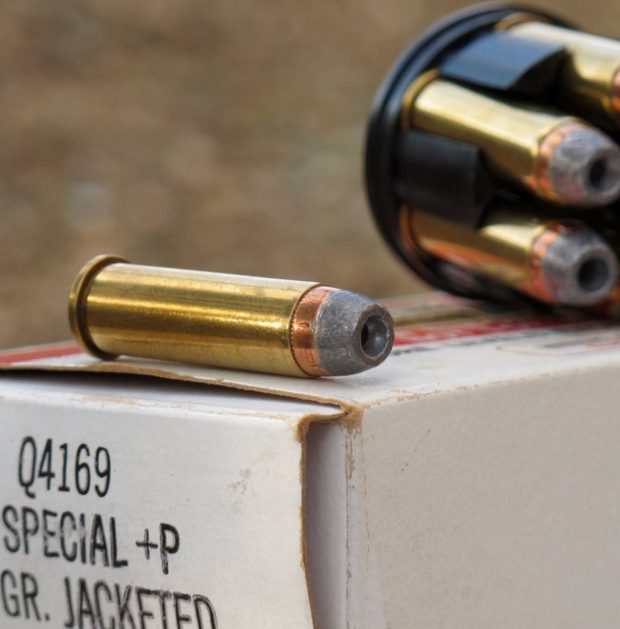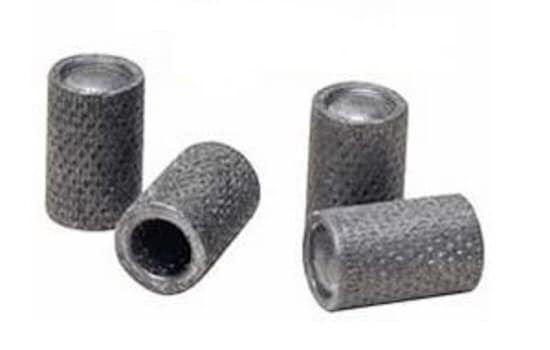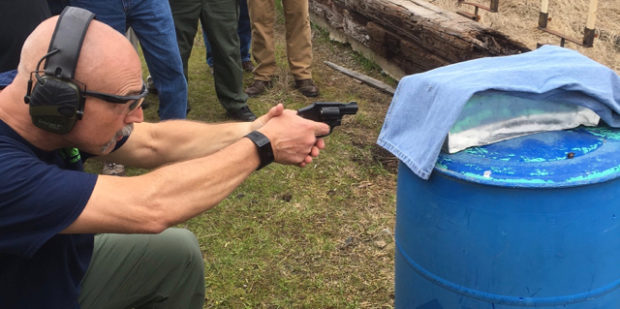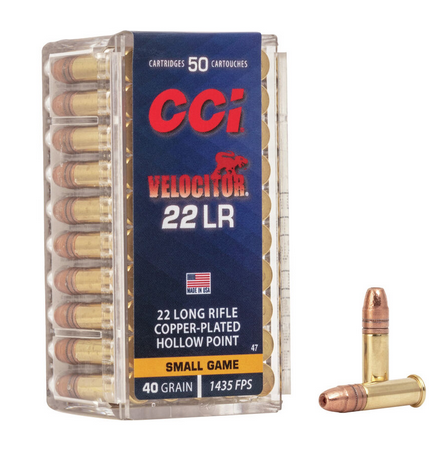When I was a kid back in the early 1980s, my parents had some rural land where we spent weekends hiking, hunting, and shooting guns. A man up the road from my parents’ place was a well known “gun guy.” He shot constantly and often offered to let young Greg shoot all his cool guns. One day my Dad and I were visiting him and I saw a gun on his kitchen table that I hadn’t seen before. I asked if I could look at it.
The man knew I was a safe gun handler, even at my young age. He said “It’s loaded. It’s a Smith and Wesson revolver. You know how to unload it. Point it towards the ground, unload it, and then you can check it out.”
I took it out of the leather belt holster and carefully unloaded it. It turned out to be a two-inch Smith and Wesson Model 10 round butt. It was loaded with target wadcutters. I knew what the bullets were because I bought a $5.00 box of wadcutter reloads at the local gun shop to shoot in my Smith and Wesson Model 19 every weekend I visited my parents’ rural property.
Even at age 14, I knew that wadcutters were target loads. My dad’s police revolvers were all filled with the “Treasury Load” 110 grain +P+ jacketed hollowpoints that were in vogue at the time.

State of the art .38 special ammo in the 1980s
The man explained that this was the gun his wife carried when she walked around in the woods on their property. I asked him about why it was loaded with wadcutters. He explained that most hollowpoint .38 ammunition didn’t expand well out of two-inch barrels. He said that the wadcutters would penetrate deeply, would cut a sharp hole, and had mild recoil.
He then made the statement: “Out of a short barrel, the wadcutters perform better than the hollowpoints.”
Internally, I laughed. Everyone knew hollowpoints were better for defensive use than target wadcutters.
Now, almost 40 years later, I’m not quite as confident in that opinion. Maybe the old dude actually knew some things…

Wadcutter .38 special bullets
I’ve been interested in ballistics as long as I can remember. I’ve witnessed hundreds (maybe thousands) of bullets shot into every test medium you can imagine. For what it’s worth, back in the early 1980s we didn’t have ballistic gelatin. We soaked big phone books in a five gallon bucket of water overnight and shot our rounds into the sodden paper to see if they would expand. The .38 special “Treasury Load” killed lots of old phone books.
Flash forward to present day. My friend Chuck Haggard has done ballistic gelatin testing at several of the conferences I’ve attended as a student or instructor. I always found his demonstrations to be fascinating.

Chuck shooting into the gelatin block at a different Revolver Roundup. Photo courtesy of George Lyon.
Last fall Chuck performed some ballistic testing during a block at the Pat Rogers Memorial Revolver Roundup held at Gunsite. Since the class was revolver-centric, Chuck did his ballistic gelatin shoot using snubby revolvers. Mark Fricke assisted him with the demonstration.

Mark got all his expansion and penetration data recorded into a useful format yesterday. He requested that I share the information with my audience.
The tests used Clear Ballistics gelatin (which isn’t identical to the FBI calibrated gelatin but pretty close). The revolver muzzle was approximately one foot from the gelatin block when Chuck fired each shot. All of the shots were fired through a challenging four layers of denim material before entering the gel block.
The denim often plugs hollowpoints. It regularly makes bullets penetrate deeper than in bare flesh. Chuck shoots his tests through four layers of denim because the bullets that come out after that particular test look the most similar to the bullets Chuck has seen pulled out of dead bodies at the morgue. Although I probably haven’t been to quite as many autopsies as Chuck, I will concur with his conclusions. Bullets pulled out of people don’t much look like the perfectly mushroomed hollowpoints the ammo manufacturers show you.
Here is the data from Chuck Haggard’s demonstration compiled and analyzed by Mark Fricke.
Take a look at the results. Are you surprised?
As my dad’s old friend told me almost 40 years ago: “Out of a short barrel, the wadcutters perform better than the hollowpoints.”
Most of the hollowpoints out of the snubbies didn’t expand. The ones that did aggressively expand often didn’t meet minimum penetration guidelines. All of the factory loaded “target” wadcutters penetrated at least 12 inches of gelatin (the FBI standard). Some expanded slightly and some yawed. In general, they performed as well or better than almost all of the premium defensive ammunition.
For many years I’ve been advising folks to carry wadcutters, Speer Gold Dot 135 grain hollowpoints, or the 110 grain solid copper hollowpoints like the Corbon DPX load. See why? Those bullets are top performers in the .38 special gelatin testing results.
In the .22 caliber snubs, I carry and recommend the CCI Velocitor. It performed very well in this test.

If you are interested in snub revolver terminal ballistics, study this data. I think it’s one of the single largest snubby revolver ballistic tests I’ve seen published on the internet. Thanks to Gunsite for hosting the class. Thanks to Chuck and Mark for doing the work and compiling the data. I hope it proves useful.

